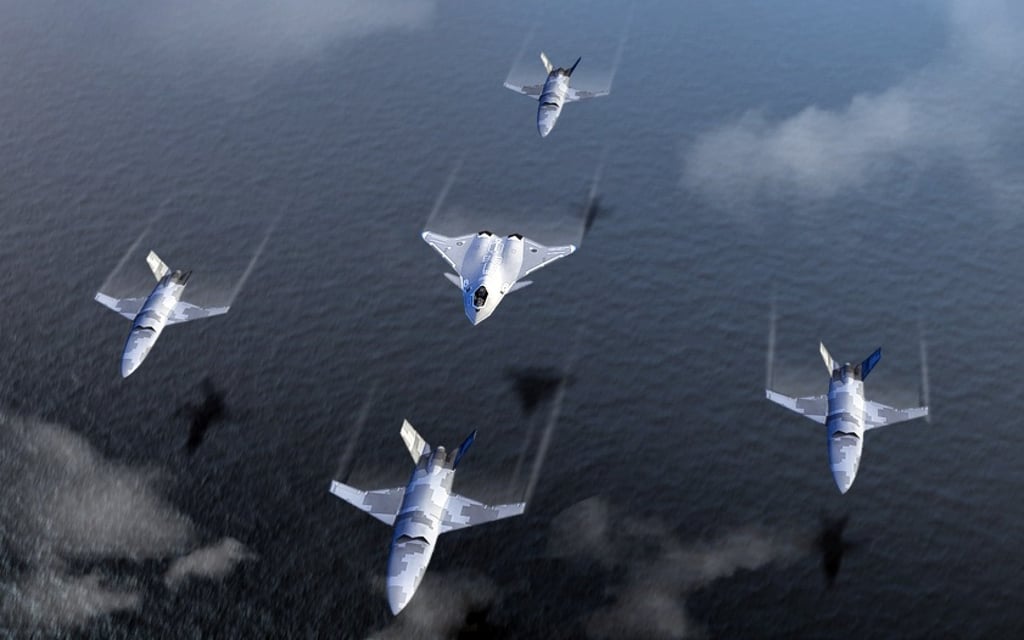Seoul taps Korean Air to build stealth drones that could neutralise Pyongyang’s air defence
- Korean Air will develop a ‘manned-unmanned teaming system’ in which one manned aircraft is backed by three to four stealth UAVs in joint missions
- UAV squadron will also be able to perform its own missions including surveillance, electronic interference tactics and precise strikes

The Korean Agency for Defence Development (ADD) selected Korean Air earlier this month as the preferred bidder over Korea Aerospace Industries, developer of the indigenous KF-21, for its “stealth unmanned aerial vehicle (UAV) squadron development project”, Korean Air said last week.
“ADD began developing the UAV squadron in November last year and has completed the basic design. The agency plans to work on the detailed design with Korean Air,” the company said.

Korean Air will develop a “manned-unmanned teaming system” in which one manned aircraft is backed by three to four stealth UAVs in jointly carrying out various missions including air combat, air-to-ground attacks and surveillance.
“The squadron of UAVs will not only support and escort a manned aircraft, but will also be able to perform its own missions including surveillance, electronic interference tactics and precise strikes,” it said.
The announcement comes as the ongoing Russian invasion of Ukraine makes it clear that drones are becoming an integral part of war machines, with thousands of military UAVs used in the conflict by both sides to hit targets or to direct artillery fire onto them.
